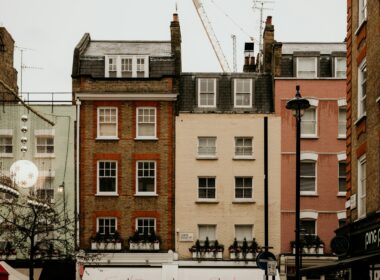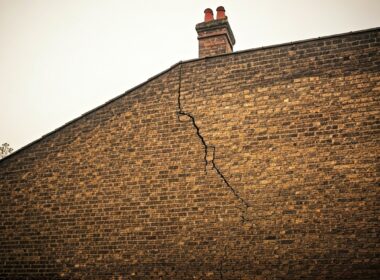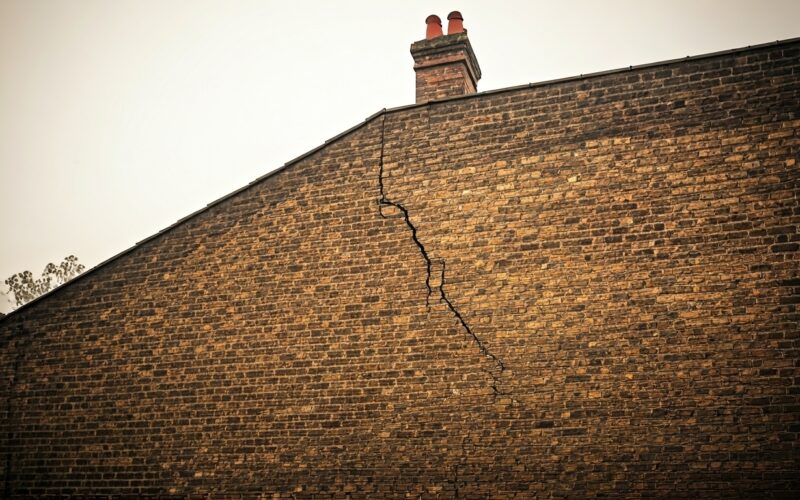Buyers are scouring London’s market for deals, but one oversight often lingers, and that is foundation problems. These issues hide well until they surface, sending costs spiraling and tanking resale values. A foundation repair expert urges to investigate as much as possible, especially now as older stock floods the listings.
Cracks can tell tales—hairline ones might pass muster, but wider gaps scream trouble. Check the external walls for diagonal lines near corners, which often signal subsidence.
Internal clues matter just as much, like doors that stick, floors that slope, or windows that jam, all pointing to shifts below ground.
In clay-heavy soils across much of south London, drying summers only worsen the problem, and heavy rains don’t help matters. Victorian terraces in Islington or Hackney tend to bear the brunt of it.
Age certainly plays a part, with many properties dating back centuries, while poor drainage adds to the risk as tree roots invade and leaky pipes erode the soil.
Even new builds aren’t immune, where rushed work on infill sites can lead to settling issues. In flood-prone spots like Richmond, water undermines bases quickly, and buyers who ignore these perils do so at their own risk—repair bills can easily hit £20,000, or more for major underpinning.
David O’Connor, founder of FoundationRepairs.co.uk, shared his thoughts with The London Property News. “Buyers fixate on kitchens and views, but foundations are the real deal-breaker. Look for uneven settling—it’s often from ignored leaks or bad extensions. Get a structural survey early; it saves heartache later.” His firm handles dozens of cases each year, from minor injections to full re-piling. “In clay-heavy soils like much of south London, drying summers worsen it,” O’Connor adds. “Heavy rains don’t help either. Victorian terraces in Islington or Hackney often bear the brunt.” He also notes how age factors in: “Many properties date back centuries. Poor drainage adds risk. Tree roots invade. Leaky pipes erode soil.”
Flippers should beware, as undetected issues can delay sales, make lenders balk at loans, and drive tenants from draughty, unstable pads.
In prime areas like Kensington, heritage rules complicate any fixes, while East End conversions face woes tied to their industrial pasts—one missed heave from soil swelling, and you’re sunk.
“New builds aren’t immune,” warns O’Connor. “Rushed work on infill sites leads to settling issues. In flood-prone spots like Richmond, water undermines bases fast.”
Approach viewings with eyes wide open: walk the perimeter, probe for damp, and hire pros for core samples if doubts creep in.
Negotiate after the survey, as vendors often chip in, and remember that insurance covers some risks but demands you read the fine print. For added peace, opt for newer warranties on fresh builds.
“Buyers ignore at peril,” O’Connor stresses. “Repair bills hit £20,000 easy. More for major underpinning.” He flags these top things to watch for: diagonal cracks snaking up walls, doors that jam without reason, floors tilting underfoot, damp patches creeping from the base, trees too close sucking moisture, leaky gutters eroding soil support, and age-old builds on clay ground that shift with the seasons.
As the market cools slightly, there’s more time to inspect, though competition still lingers in hotspots. Arm yourself with knowledge—foundations secure your future, and skipping the check invites regret. London’s bricks have endured for ages; make sure yours do too.




